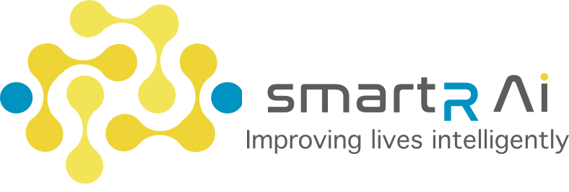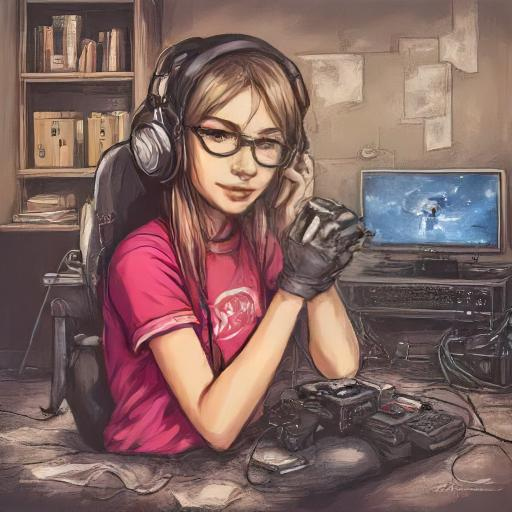Recently, I watched a video published in 2022 of a man using at least 3 different generative AI programs to create a video game. Honestly, he put in more effort to use AI than he would have had he done it all manually. Just two years later, Google’s DeepMind has announced that it has dropped a research-only program (not available to the public) called ‘Genie’ which can create video games out of a single text or image prompt.
There is a lot of hype out there about how AI will revolutionize the gaming industry. AI has been heavily discussed in Game Developers conferences and 87% of video game developers suggested a shift towards more AI-driven game development processes. Some industry executives even estimate that AI will manage more than half of game development processes within five to ten years. While it is clearly a fast-growing industry, what can AI currently bring to the gaming industry? What kind of problems can we expect to face implementing AI in the gaming industry?
One of the most cited advantages of using AI for game development is the opportunity to enhance efficiency and reduce production costs. This is particularly important for this industry as video games are notoriously expensive to produce. For example, the video game ‘Red Redemption 2’ had a budget of $540 million. In a recent BBC interview the video game producer Andrew Maximov shared his belief that AI will play a crucial role in keeping the soaring cost of game production down by automating repetitive tasks. AI could be used to automate the generation of worlds, textures, models, objects etc. In fact, it has already been used to reduce the development costs of the video game ‘Palworld’, which cost $7 million to produce, by facilitating art creation and voice synthesis.
Many in the gaming industry are also excited by the ways that AI could enhance the quality of games. AI is likely to have a significant role to play in improving graphics “like shadow quality, weather patterns, motion blur, fire effects, etc.” Some are even using AI to rejuvenate older games through texture upscaling. Yet, others suggest that AI has a bigger role to play by contributing to the creation of content within video games. Such as by giving non-player characters greater depth through unique personalities.
Predictions suggest AI will result in the personalization of many industries (see our previous blog on how AI will personalize healthcare provision), video games may be no exception to this rule. Nick Walton, the chief executive of a gaming firm, believes that AI can personalize the gaming experience allowing individuals to play in worlds that nobody has previously played in. There is even talk of pitting two neural networks against each other to produce new video game content (also known as Generative Adversarial Networks). In essence, this would be “like watching a computer ‘dream’” and would require minimal human input.
However, many argue that AI lacks the creativity and depth of human emotions required to be truly effective in game development. It is also argued that AIs may be ineffective in ensuring that games have predictable outcomes and adequately adapt to player interaction. Therefore, given the current standard of skill currently possessed by AI, the costs of implementing an AI, plus the human labor required to supplement its efforts may make it an inefficient investment.
Others in the gaming industry don’t doubt that AI could be used in the development process but argue that it is unethical to do so.
When it comes to developing games through AI, the art, images, and inspiration scraped of the internet to train AI programs comes from real artists and people whose services can be compromised by the provision of the cheap labor offered by AI. The proprietary ownership involved in these creations are often the subject of “mass copyright infringement” and raise all sorts of legal issues (for more details see our blog on the matter). Furthermore, the idea of spending the rest of their career supplementing an AIs’ efforts rather than creating their own art is enough to put many artists off from a career in game development.
While involving AI in the creative processes of game development remains a controversial endeavor, using AI to enhance game testing and quality assurance is a much more straightforward and recognized application. Given its ability to run continuously, learn rules and identify issues and bugs quicker than human testers AI is well suited to quality assurance purposes.
It seems far more probable in the short term that AI will have a role to play in these technical, automated, and repetitive tasks than in the more general creative processes, particularly given the intellectual property and copyright nightmares that come with it. It seems a fair prediction to suggest that while AI is certainly paving its way into the video game industry, accompanied by many new and exciting changes, the creative processes will remain largely human driven for some time to come.
Written by Celene Sandiford, smartR AI

